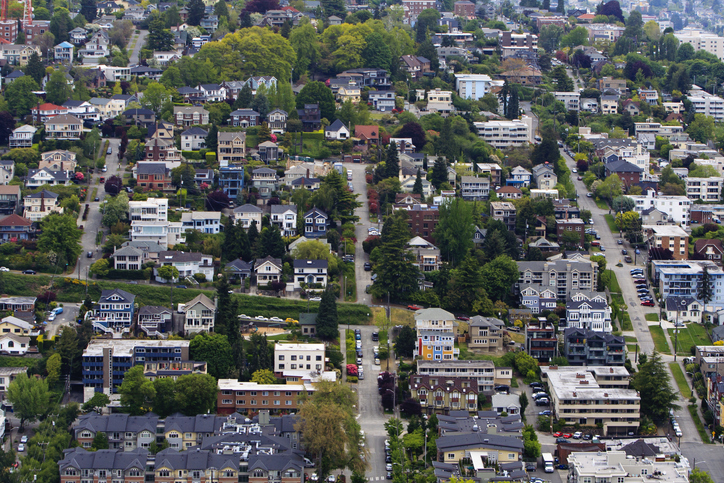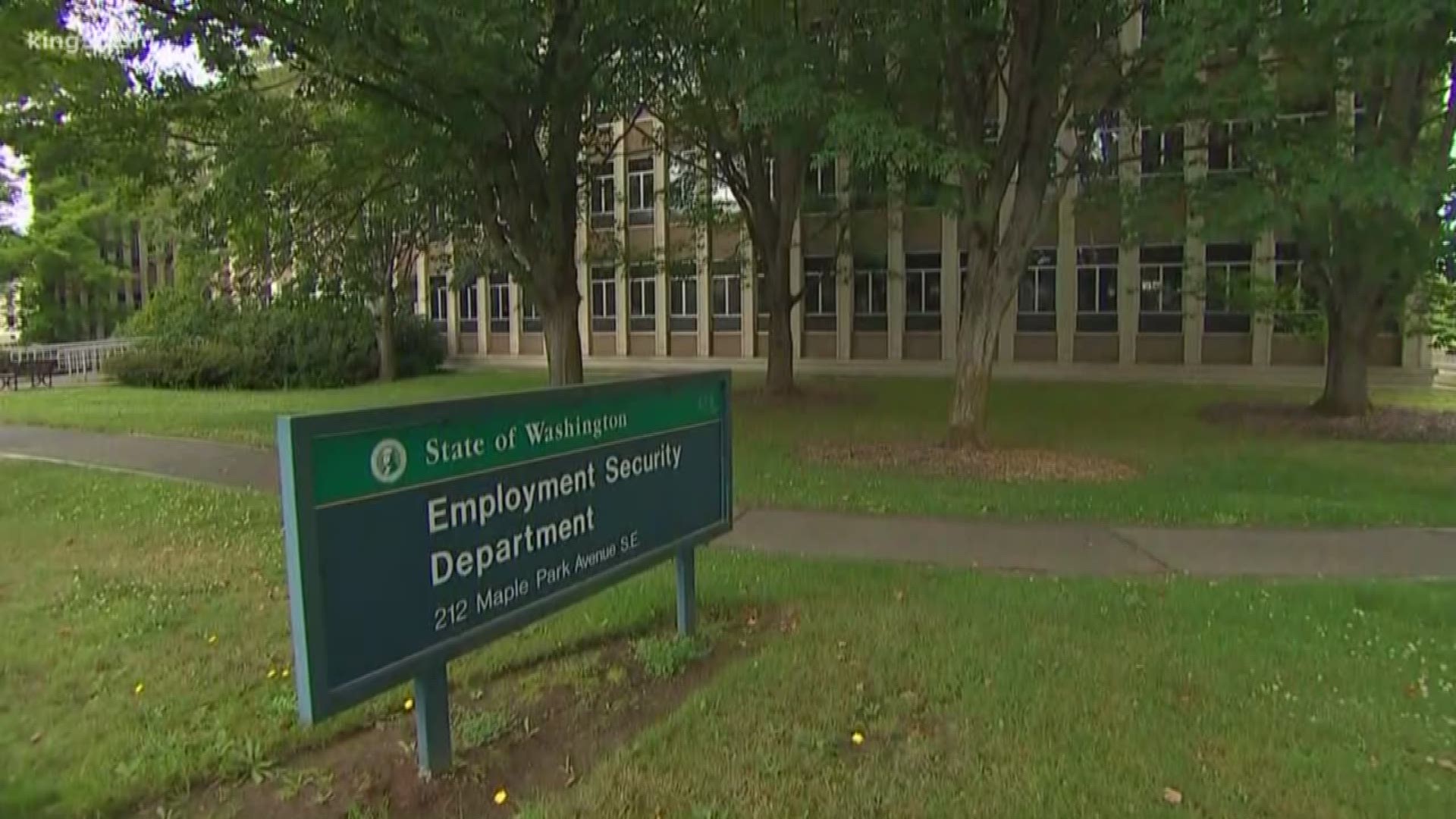One of the contributing factors in increasing housing costs, are the additional regulations that are continually passed by the legislature and local municipalities. The increase in costs, driven by the regulations, are invariably passed onto the home buyer and range from a few dollars to tens of thousands of dollars. Even a few dollars of additional cost, when multiplied by multiple government mandates, add up fast.
The Condominium Act, originally passed in 1989, was designed to help regulate the construction of condos, Over the last 3 decades, legislatures have amended the law attempting to create an owners ‘Bill of Rights’ and the result has been catastrophic on the condo construction market. The same can be said for other regulation passed on home construction.
Not only did the changes impact condo owners negatively, the updates to the law also destroyed the condo construction industry.
In 2009, the condominium act was changed, increasing the construction risk to a developer and causing a significant drop off in affordable condo construction. The law was updated to allowed condo associations to sue developers over poor workmanship with little or no limits to the size and type of the lawsuits. The result was developers, not wanting to assume the risk, pulled out of the condo market and very few new condos were built in the following decade. Several fixes were put in place, including a process to allow developers to fix mistakes before a suit was filed, but it wasn’t enough to reverse the negative effects of the 2009 update.
In 2019 the Condominium Act was further updated to address the problems created by previous changes. The latest round of updates, however, have not had time to take effect and since the permitting process can take years.
The overburdensome law also increased insurance costs and changed the type and quantity of the condos that were built. There is little cost difference in the insurance premiums for building a basic condo and a luxury condo, so developers are naturally more inclined to build a more expensive of condo where the profit margins are greater.
The same applies to the permitting process. The same permits are required (though some do cost more for a more expensive property) irrespective of the condo price and the cost of the permits is passed through to the home buyer.
The home builder has to navigate the complex permitting process and government regulations which takes time and money, all of which drives up the cost of construction. Seattle’s permitting process price list alone, is 60 pages long.
The permitting process can take years to finish, again driving up the cost of the construction as a developer has to front the cost of the land, planning and permitting before even starting to build. This complex and slow process is one of the main reasons we have a housing shortage today.
Even if you close a building in Seattle, there is a $271 fee for a vacancy inspection.
A full review of the building permitting process is needed. Unnecessary regulations need to be repealed. For permits that are required, the permits should be allowed to be processed concurrently instead of sequentially. Multiple permits for the same construction activity need to be combined into one simple permit. As an example, there are three permits needed in Kittitas County to draw water from an existing well, all from different government agencies.
Reducing the unnecessary regulations and simplifying the process will also reduce insurance costs.
Agencies should be held to a permit processing timeline to reduce the amount of time the permitting process takes.
Both the legislature and local municipalities need to simplify the building code and permitting process. The system is bloated and overly complex and, as is the case with the condo regulation updates, does nothing to reduce costs and in many cases does not provide any additional safety or protection for the home buyer.






